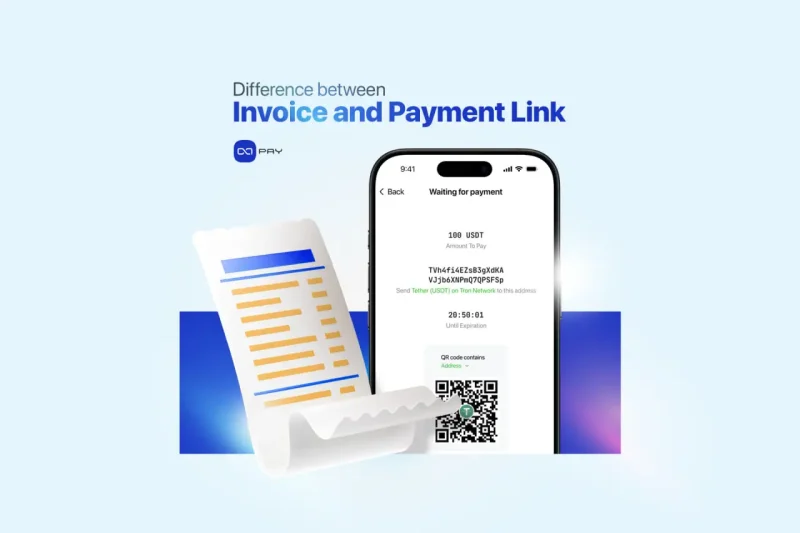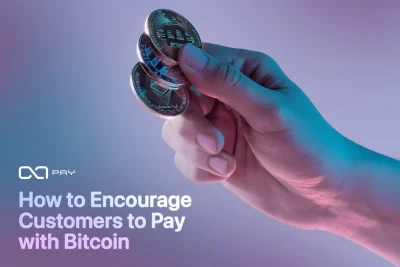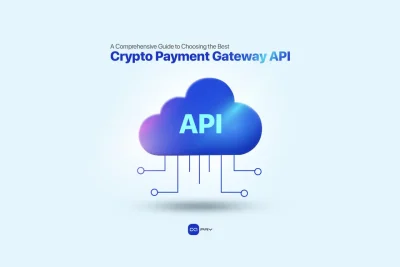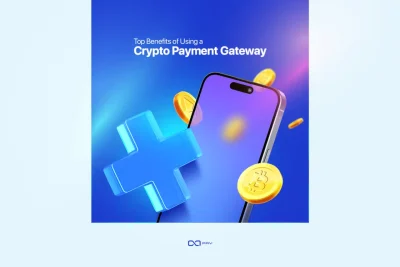Accepting crypto payments isn’t just about sharing a wallet address, it’s about choosing the right method for each interaction. Two common options are crypto invoices vs payment links, each serving different business needs. This article compares both approaches to help you select the best fit for your workflow, improve the user experience, and manage crypto transactions efficiently with tools like OxaPay.
What Is a Crypto Invoice?
A crypto invoice is a structured, one-time payment request created for a specific transaction or customer. It’s typically used in scenarios where the business initiates the payment request and needs to link it to an order, customer ID, or project.
Unlike generic payment methods, invoices carry detailed information that allows for tracking, automation, and integration into backend systems. They can expire, enforce payment rules, and provide real-time status updates.
Key Characteristics of Invoices:
- Created for a specific customer, order, or service
- Fixed amount, defined at creation
- One-time use – once paid, the invoice is closed
- Expiration time can be set to ensure timely payment
- Fully trackable (pending, paid, expired)
- Can trigger webhook notifications
- Best suited for automated, API-driven environments
Example:
An online subscription platform automatically generates a crypto invoice with a predefined amount and accepted currencies as soon as the user begins the payment process. The invoice is valid for a limited time (e.g., 15 minutes), during which the user can complete the payment and finalize the purchase. Once the payment is successfully made, the transaction status is reported back to the merchant system, and user access is instantly activated, all handled automatically.
What Is a Crypto Payment Link?
A crypto payment link is a reusable, fixed-amount URL that can be shared publicly with customers. It simplifies the payment process by eliminating the need for individualized setup. The business defines the amount and accepted currencies once, and then distributes the same link to any number of users.
Unlike invoices, payment links are not tied to a specific transaction and do not expire unless manually removed.
Key Characteristics of Payment Links:
- Reusable by multiple users for the same amount
- Fixed amount, set at link creation
- Not tied to a specific person or order
- No expiration by default (but can be manually disabled)
- Created via dashboard, no coding required
- Accepts underpaid amounts (if configured)
- Basic reporting; no per-user tracking
- Ideal for manual sharing, social media, or one-click payments
Example:
An online store that sells handmade products through Instagram creates a 30 USDT payment link for one of its best-selling items. When customers place orders via direct message, the seller shares the same link with each buyer. Without needing a website or technical integration, the store can collect crypto payments quickly and repeatedly using this fixed, reusable link.
Core Differences Between Invoice and Payment Link
While both tools help receive crypto payments, their structure, use cases, and business fit are very different.
1. Structure and Purpose
• Invoice: Personalized, tied to a unique transaction.
• Payment Link: General-purpose, reusable.
➡️ This difference affects how payments are managed: invoices align with structured business logic (like order IDs), while payment links are better suited for services that don’t require individual order tracking or CRM integration.
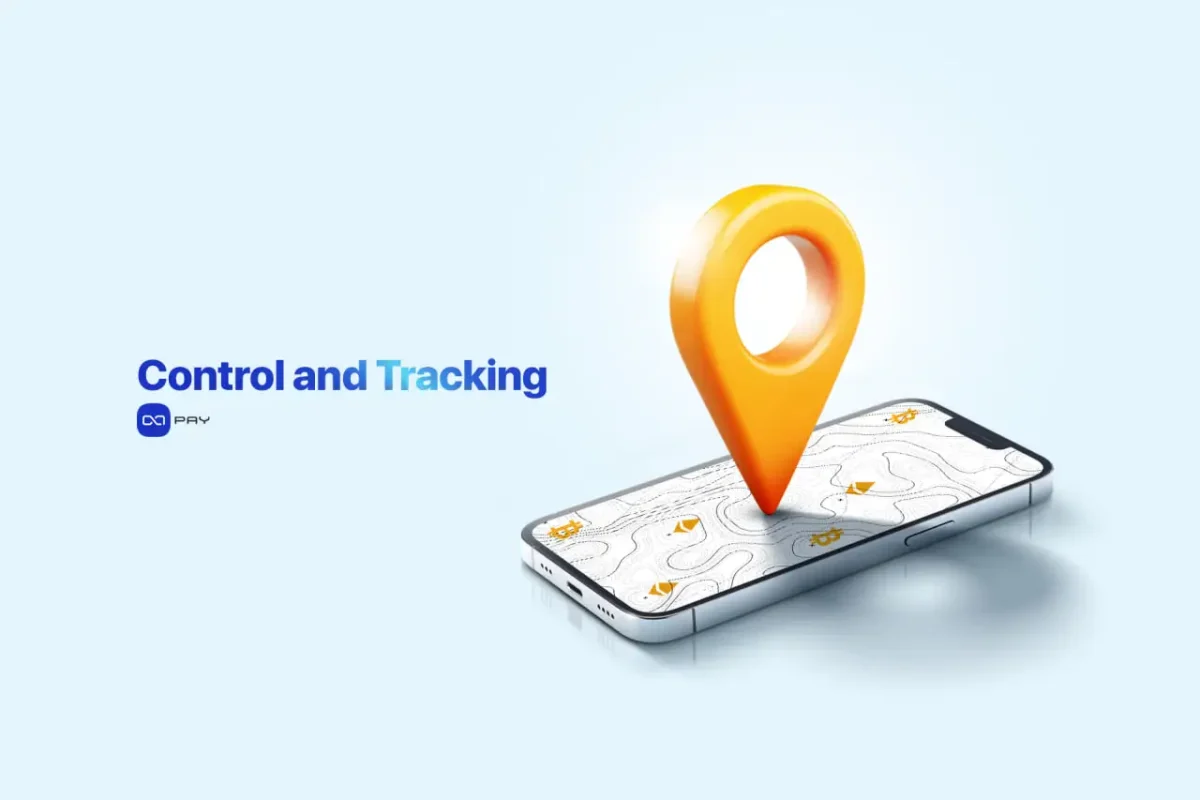
2. Control and Tracking
• Invoice: Offers detailed tracking of each individual transaction.
• Payment Link: Only tracks total payments through the link; no user-level status.
➡️ Lack of per-user tracking in payment links can limit accountability, especially in cases like disputes or refund requests, whereas invoices maintain full audit trails.
3. Integration and Automation
• Invoice: Can be integrated via API and automated within backend systems.
• Payment Link: Created manually, not designed for automation.
➡️ If you want to connect payment logic to user actions (e.g., after checkout), only invoices can respond dynamically. Payment links are isolated from system logic and require human intervention.
4. Webhook and Notifications
• Invoice: Supports webhooks to notify systems upon status changes.
• Payment Link: Not intended for webhook-driven systems.
➡️ Without webhook support, payment links can’t trigger automatic fulfillment or status updates, which limits their role in fully automated business processes.
5. Technical Requirements
• Invoice: Requires some development (API usage, backend logic).
• Payment Link: Can be created and used without technical knowledge.
➡️ This distinction often determines who uses each tool: developers and platforms use invoices; individuals, small businesses, or non-technical teams rely on payment links.
6. Time Sensitivity
• Invoice: Can expire automatically to enforce payment windows.
• Payment Link: Does not expire unless deactivated manually.
➡️ Expiration helps prevent late or invalid payments and improves operational predictability, useful for ticketing, time-bound offers, or pricing that changes over time.
7. Security and Specificity
• Invoice: One-time use reduces risk of reuse or fraud.
• Payment Link: Publicly shareable and multi-use by nature.
➡️ Because payment links can be forwarded or reused, they should only be used when it’s safe for the same link to be shared, unlike invoices, which ensure controlled access per payment.
When to Use Each: Practical Scenarios
Use Invoice if:
- You require automation and want to integrate crypto into your system.
- You need to track payments per customer or transaction.
- You operate with time-sensitive pricing (limited offers, one-time sales).
- You want structured control over when, how, and by whom payment is made.
Use Payment Link if:
- You need to collect a fixed payment from many users.
- You don’t have a technical team or want a no-code solution.
- You don’t operate through a website.
- You work via chat apps, email, or social media.

Business Suitability by Operational Type
Businesses that benefit from Invoice:
- Systems that need real-time status tracking
- Platforms with API-based workflows
- Projects with unique pricing per client
- Teams that require invoicing compliance or audit logs
- B2B service providers
Businesses that benefit from Payment Link:
- Freelancers offering standard services
- Creators and influencers monetizing content
- Small businesses without websites
- Tutors, coaches, or consultants using messaging apps
- Sellers who share payment links in Telegram, WhatsApp, or Instagram
Crypto Invoice vs Payment Link: Comparison Table
| Feature / Criterion | Invoice | Payment Link |
| Use type | One-time, per transaction | Reusable, for general payments |
| Customer specificity | Yes | No |
| Amount control | Fixed, per invoice | Fixed, per link |
| Expiration | Yes (configurable) | No (unless disabled manually) |
| Underpayment tolerance | Yes (configurable) | Yes (configurable) |
| Tracking | Per invoice | Per link (no individual tracking) |
| Webhook support | Yes | No |
| Requires technical setup | Yes (API-based) | No (dashboard only) |
| Suitable for non-website usage | Not ideal | Perfect fit |
| Automation support | Full (API, webhook) | None |
Crypto Invoices and Payment Links in OxaPay
OxaPay provides both crypto invoices and payment links as part of its comprehensive payment infrastructure. These tools follow the standard definitions and functions described earlier, but OxaPay also adds several flexible configuration options to enhance control and usability for different types of businesses.
Through a unified dashboard, users can easily create and manage both invoices and payment links, while the powerful Merchant API enables full control and automation for invoice generation and tracking.
Key Features OxaPay Provides for Both Services
OxaPay not only provides standard crypto invoices and payment links but also enhances them with practical features like multi-coin support, configurable underpayment tolerance, fee control, and customization options such as merchant branding. Invoices can be seamlessly integrated via the Merchant API for automated payment handling, while payment links are generated instantly through the dashboard. With fast setup, flexible configuration, and reliable ongoing support, OxaPay ensures a smooth and scalable crypto payment experience for businesses of any size.
By supporting both programmatic invoices and manual payment links in one platform, OxaPay gives businesses the flexibility to scale from informal transactions to fully integrated payment systems.
Conclusion
Crypto invoice vs payment link represents a fundamental choice for businesses accepting digital assets. Invoices offer control and automation, while payment links deliver speed and ease of use. With OxaPay crypto gateway, both options are fully supported in one dashboard, letting you match the right tool to your workflow and scale your crypto payments with confidence and flexibility.
